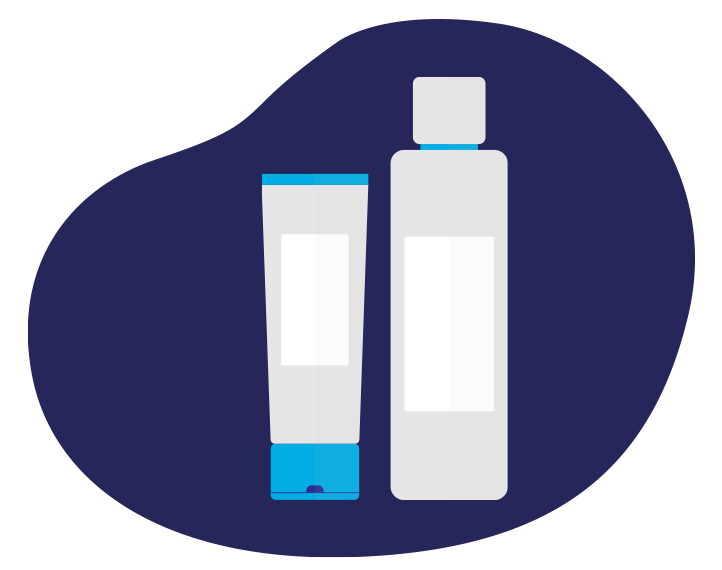
Healthy skin can become vulnerable due to a wide range of factors including:

Ageing – Skin integrity decreases from 60 years of age3

Chronic illness, particularly where oxygenation and circulation are compromised4-6
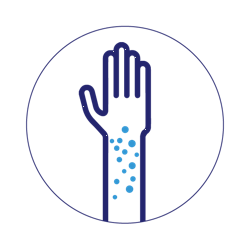
Skin conditions, e.g. chronic eczema, dermatitis and psoriasis7

Mechanical injury8

Radiotherapy9
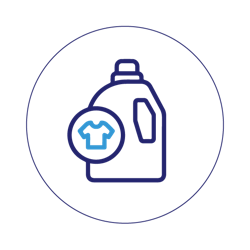
Regular detergent use or sun exposure10
Compromised skin integrity
In those with compromised skin integrity, there is greater risk of developing wounds such as skin tears, pressure ulcers and moisture-associated skin damage.9
Wounds and healing
The number of wounds requiring NHS treatment is rising every year, increasing the burden on healthcare resources.13
Treating a wound is made more difficult if an individual has skin conditions or comorbidities as these can impair healing.
Wound healing occurs in four interconnected stages:
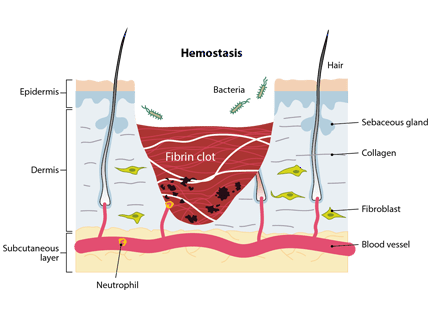
Stage 1 - Vascular (Haemostasis) phase (Immediate)
If the wound involves more than the epidermis, there will be bleeding to cleanse the wound. This then forms a clot which will in turn forms a scab, which acts as a temporary closure.14
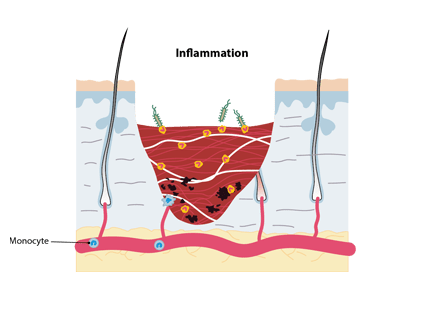
Stage 2 – Inflammation phase (1–3 days)
The inflammation phase is split into two stages, early and late inflammatory response.14
- Early inflammation stage – During the first stage, early inflammatory response, neutrophils are deployed to the site of the wound and are present for 2-5 days, unless an infection occurs.
- Second stage late inflammatory response – During the second stage, late inflammatory response, macrophages appear to remove any bacteria and break down any dead tissue in the wound. They also produce growth factors, chemokines and cytokines.
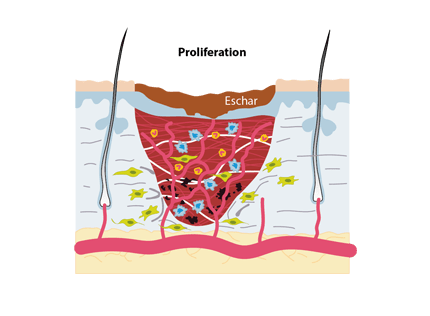
Stage 3 - Proliferation phase (4–21 days)
Healthy new granulation tissue fills the wound. Collagen is also produced – this is what becomes scar tissue. When the wound is filled, the new tissue contracts, pulling the edges of the would together to help speed up healing.15
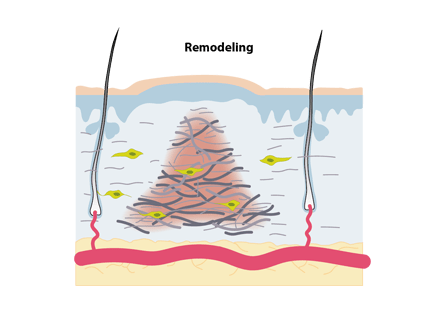
Stage 4 - Maturation (Remodelling) Phase (21 days–1 years)
During this period the collagen that was produced in the previous stage (collagen III) is replaced with a stronger type of collagen (collagen I). Myofibroblasts then later prompt contractions in the wound to help decrease the appearance of the developing scar.14,16
The angiogenic processes diminish and the scar tissue goes from red and raised to white and flat as blood supply decreases, bringing the metabolic activity to a stop.
The scar tissue will only ever be up to 80% as strong as unwounded tissue.
As with most conditions, we should be aiming for prevention where possible, especially in those individuals where wound healing would likely be compromised.
Find out more about the Hydromol Range
Hydromol is a range of products for the treatment of dry skin and eczema. These products can be used individually, or together as a Complete Emollient Therapy regime to support skin integrity.
NEXT SECTION
Follow-up and Referral
Find out more about when to follow-up and when to refer patients.
NEXT SECTION
Hydromol Range
Discover the Hydromol Range.
NEXT SECTION
Complete Emollient Therapy
Find out more about Complete Emollient Therapy
NEXT SECTION
Literature Reviews
Browse Dermatology literature reviews from 2019.
NEXT SECTION
Eczema and Dry Skin
Find out more about eczema and dry skin conditions.
NEXT SECTION
Diagnosis
Find out more about how to diagnose eczema.
NEXT SECTION
Treatment Options
Find out more about the different treatment options for eczema.
NEXT SECTION
Burden Of Itch
NEXT SECTION
Clinical Presentation
Find out more about the clinical presentation of eczema.
NEXT SECTION
Follow-up and Referral
Find out more about when to follow-up and when to refer patients.
NEXT SECTION
Hydromol Range
Discover the Hydromol Range.
NEXT SECTION
Complete Emollient Therapy
Find out more about Complete Emollient Therapy
NEXT SECTION
Literature Reviews
Browse Dermatology literature reviews from 2019.
NEXT SECTION
Eczema and Dry Skin
Find out more about eczema and dry skin conditions.
NEXT SECTION
Diagnosis
Find out more about how to diagnose eczema.
NEXT SECTION
Treatment Options
Find out more about the different treatment options for eczema.
NEXT SECTION
Burden Of Itch
NEXT SECTION
Clinical Presentation
Find out more about the clinical presentation of eczema.
2. Moncrieff G et al. Wounds UK 2015;11(1):68-74.
3. Voegeli D. Br J Nurs 2012;21(9): 517-521.
4. Beeckman D et al. J Adv Nurs 2009;65(6):1141-1154.
5. Rappl LM. Int Wound J 2008;5(3): 435-444.
6. Callaghan R et al. Best Practice Statement: Maintaining skin integrity. Wounds UK 2018. Available at: https://www.wounds-uk.com/resources/details/maintaining-skin-integrity Last accessed April 2023.
7. Nutten S. Ann Nutr Metab 2015;66(suppl 1): 8-16.
8. McNichol L and Bianchi J. Wounds UK 2016;17(1): 84-88.
9. Beeckman D et al. Best practice recommendations for holistic strategies to promote and maintain skin integrity. Wounds International 2020. Available at: https://www.woundsinternational.com/resources/details/best-practice-recommendations-holistic-strategies-promote-and-maintain-skin-integrity Last accessed April 2023.
10. Campbell K et al. Wounds International 2018;9(3):66-70.
11. Robson MC, Steed DL, Franz MG: Wound healing: biologic features and approaches to maximize healing trajectories. Curr Probl Surg 2001; 38: 72 – 140.
12. Alonso JE, Lee J, Burgess AR, et al: The management of complex orthopaedic injuries. Surg Clin North Am 1996; 76: 879 – 903.
13. Guest JF et al. BMJ Open 2020;10(12): e045253.
14. Reinke, J. M., Sorg, H. Wound Repair and Regeneration. European Surgical Research 2012;49: 35-43.
15. Velnar, T., Bailey, T., and Smrkolj, V. The Wound Healing Process: an Overview of the Cellular and Molecular Mechanisms. J of Int Med Res 2009;37: 1528-1542.
16. Carville K et al. Int Wound J 2014;11(4):446-453.
17. Moncrieff, G., Van Onselen, J., Young, T. The role of emollients in maintaining skin integrity. Wounds UK 2015; 11(1): 68-74.
